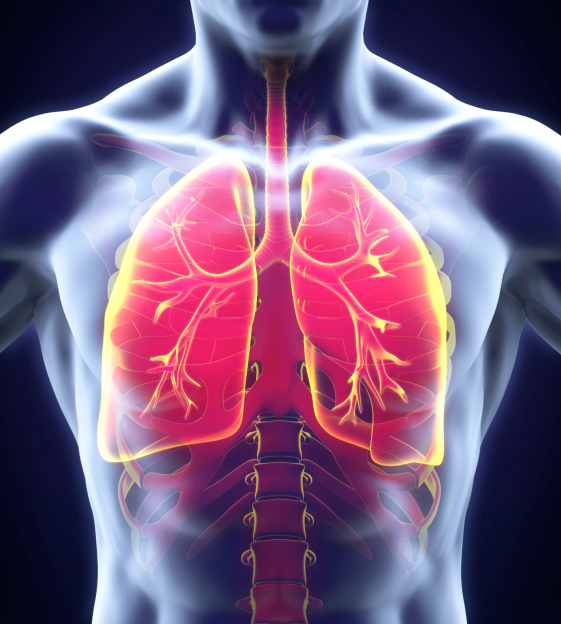 November is Lung Cancer Awareness Month, joining more than 200 other health awareness days that range from breast cancer and heart disease to foot health and motorcycle safety.
November is Lung Cancer Awareness Month, joining more than 200 other health awareness days that range from breast cancer and heart disease to foot health and motorcycle safety.
With such a crowded disease-of-the-month awareness calendar, I can understand why many of them don’t make headlines, even if past events have contributed to increased testing, improved diagnosis and better disease outcomes.
However, whether it’s part of an official awareness month or not, greater awareness and diligence are still greatly needed for many diseases — particular lung cancer.
Lung Cancer Claims More Lives Than Most Other “Popular” Cancers Combined
Lung cancer is a disease that claims more lives each year than breast, prostate and colorectal cancers combined. Tobacco use accounts for nearly 87 percent of all lung cancer deaths each year, although some 10 percent of lung cancer diagnoses are found in people who have never smoked.
It is estimated that African-American men are 40 percent more likely than Caucasian men to develop the disease over the course of their lifetimes. The rate is approximately the same in African-American women and Caucasian women.
We’re Making Progress, But People Are Still Dying
Smoking rates have steadily declined since the 1964 Surgeon General’s Report, which stated that smoking was harmful. Today, the percentage of people who smoke is the lowest since World War I.
We have started to see people living longer with lung cancer. However, still less than 15 percent of those with later stage disease survive five years. Compare that to breast cancer, which has a 93 percent survival rate when diagnosed early, and prostate cancer, which has a nearly 100 percent five-year survival rate when diagnosed at early stages.
One reason that lung cancer is so deadly is that it is often difficult to detect in early stages, and even then, lung cancer can quickly spread to other areas of the body. Unfortunately, there are no widely accepted screening methods for early stage lung cancer, such as mammograms for breast cancer, and the Prostate-Specific Antigen (PSA) test for prostate cancer.
The Stigma Of Lung Cancer Needs To Change…And It Is
Since survival rates for lung cancer are among the lowest across all cancer types, and there is a social stigma associated with the disease, it has precious few vocal advocates. There are virtually no recognized public faces of lung cancer, in other words, what Nancy Brinker (sister of Susan G. Komen) is for breast cancer and Lance Armstrong is for testicular cancer.
But things are changing. For the first time in decades, positive news is peppering the landscape. More people are recognizing the symptoms that can lead to an earlier diagnosis – persistent coughing or chest pain, shortness of breath, wheezing or hoarseness, coughing up blood, recurring pneumonia or bronchitis, and loss of appetite.
Clinical advances have meant that newer medicines and unique drug combinations are now available. Some patients have the option to start a maintenance therapy immediately following their first-line treatments to try to maintain a positive response, instead of stopping treatment and waiting until the disease progresses to treat it again. And a greater understanding of lung cancer genetic variations and tumor types allows physicians to provide patients with the right drug for their specific type of lung cancer.
But There’s Still A Long Road Ahead…
We’ve made great strides, thanks to the tireless work of advocates, researchers, physicians and many others. But we have a long road ahead. Finding innovative solutions for treating these tough diseases must remain a top priority for all of us in the health care industry.
I, for one, am not fatigued by the avalanche of disease awareness months. Collectively, they remind me of how far we have come in understanding and treating some diseases – and how far we have to go with others.









